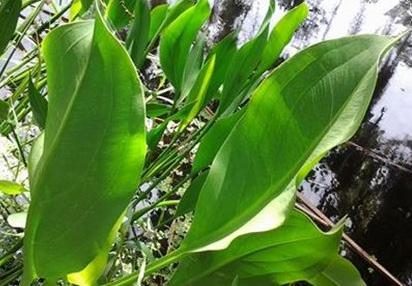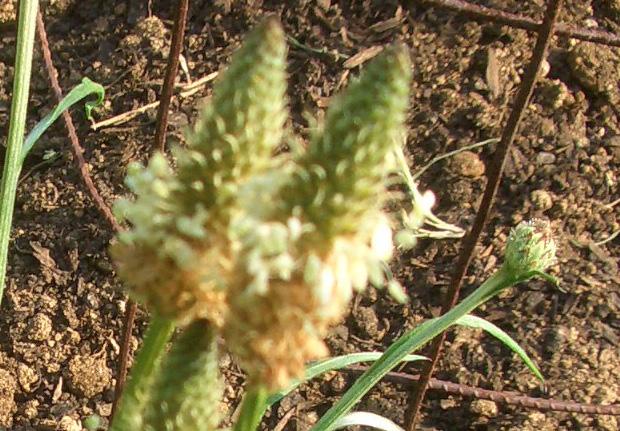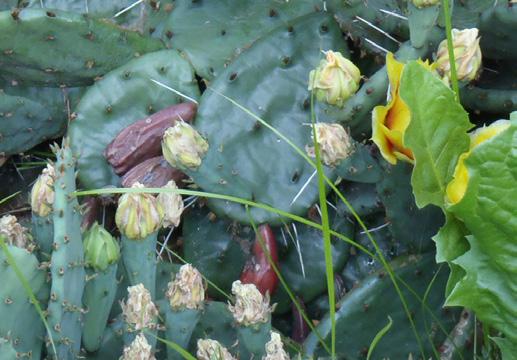
2 minute read
A PICTORIAL WITH DOUGLAS BOUDREAU
1. Arrowhead: This plant was favored by many native North American Indian tribes. All 30-plus varieties, which are part of the water plantain family, are edible and used in a variety of ways.

Advertisement

2. Cattails: Have been called “nature’s supermarket” and are considered by many to be one of the top 20 wild edibles in North America. Young, unopened flower buds in the spring can be peeled and cut, cooked by boiling, and taste like corn. The long stringy roots can be processed for making flour, and the shoots at any stage can be pulled to reveal a white starchy core that is very edible raw or cooked and tastes like cucumber.
3. Groundnut: Produces edible stems, beans, and tubes, which are notably starchy. Used by early Native Americans who introduced it to the Pilgrims, it is a perennial flowering vine, growing as long as 18 feet.

4. Kudzu: Which has become notorious as “the vine that ate the South,” does have value as an edible. The roots can be dried and ground into a powder to use for breading or as a thickener; the flower blossoms are also consumable. Young shoots, leaves, and the tips of growing vines can all be boiled and eaten. The flour from the roots was used for treatment of alcohol dependency.
5. Lamb’s Quarters: Also called “Wild Spinach,” can be boiled as greens and used to roast and grind into flour; the saponin in the roots has been used to make soap. A single plant can yield up to 75,000 seeds.

6. Passionflower: Has medicinal properties and herbal qualities, and its leaves, roots, and fruit can be consumed. The fruit has delicious, tart pulp, a jell-like substance around the edible seeds. It’s best to wait until the oblong, egg-shaped fruit is starting to turn yellow and shrivel, and then a beverage can be made from the pulp. Soak and simmer in water, adding sweet fruit juices for extra yumminess.

7. Wild Mustard: Mustard as a condiment does, in fact, come from this plant, but it is edible in its natural, raw state, most commonly as cooked greens or in salads. The seeds, flowers, pods, and roots are also edible.

8. Wood Sorrel: Also known as sour grass, every part can be consumed although, as its variant name suggests, it is tart. It has also been used medicinally to treat fevers, infections, and nausea, among other things.

9. Burdock: Known to herbalists as a powerful medicine, but the leaves, stalks, and roots are also edible. Young leaves should be boiled in several changes of water. The roots of the first-year plants, removed from the rind, can be boiled for 30 minutes in two changes of water. This is necessary because of the bitterness.

10. Plantain: Not the same as the banana-like plantain, this plant’s young leaves and mature seeds can make a medicinal tea for constipation and other digestive issues. The leaves can be chewed slightly before putting on an insect bite.

11. Prickly Pear: A cactus that is a tasty and nutritious plant should you ever find yourself stranded in the desert, the pulp of mature fruit is best. Of course, you’ll have to remove the spines first.
Douglas Boudreau is co-author with Mykel Hawke of Foraging For Survival: Edible Wild Plants of North America.











